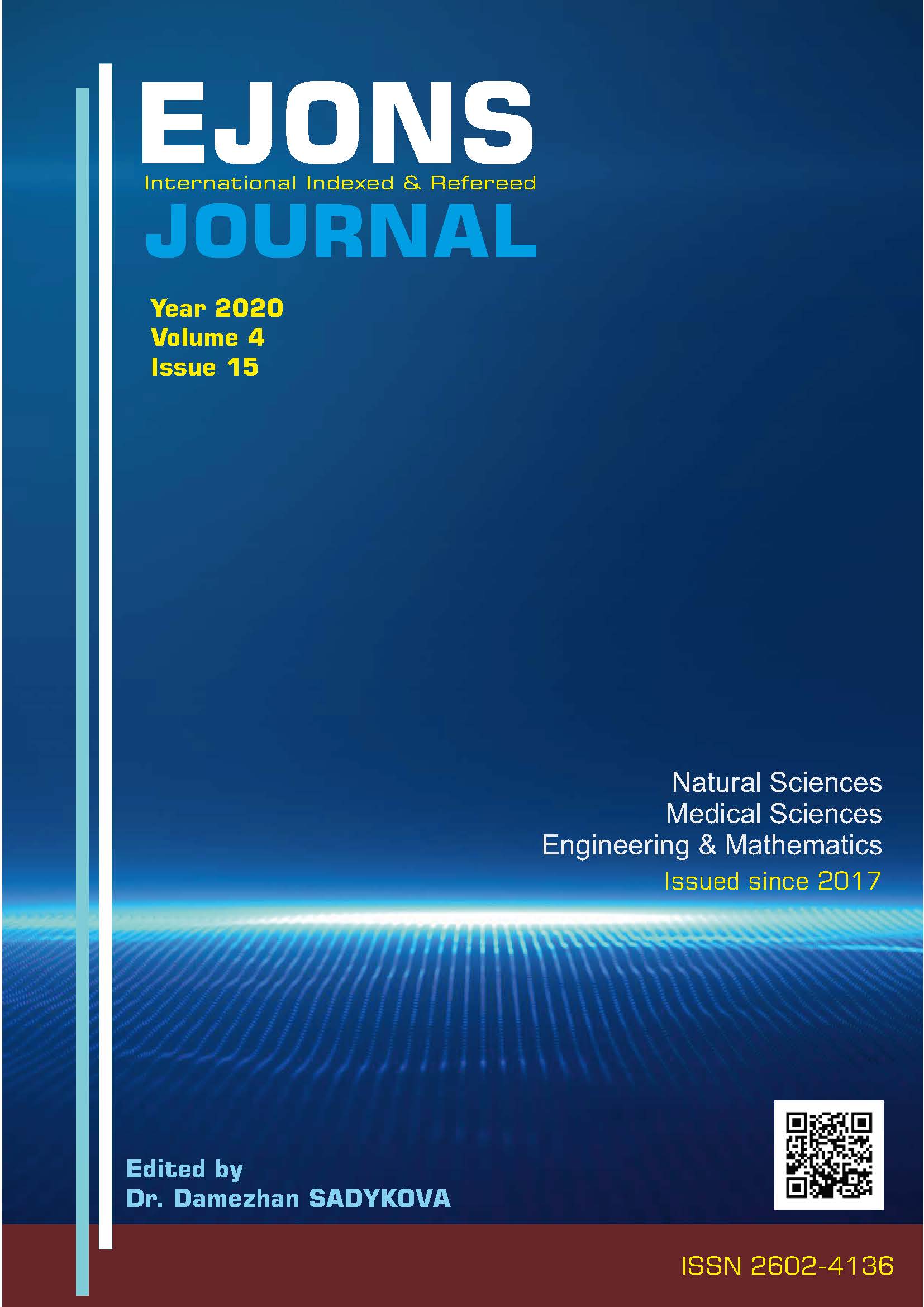Seasonal Variations of Fatty Acid Content of Phospholipid Subclasses in Muscle Tissue of Female and Male Individuals of Capoetta trutta
DOI:
https://doi.org/10.38063/ejons.308Keywords:
Fatty Acid, Phosphatidylcholin, Phosphatidylethanolamin, PhosphatidylinositolAbstract
Fish and other seafood, which are energy sources for living systems, it has been located in our lives as a main food source throughout human history. Therefore, the analysis to be carried out in fish can be executed both by determining the fatty acids that will be necessary for health and by analyzing the fatty acids that have a functional property for the fish. As a result of these analyses, the distribution of fatty acids used for basic energy and the determination of physiological symptoms in growth, development and reproduction of living things are also important. Furthermore, fat and fatty acids are the most changing biochemical compounds depending on ecological factors. Thus, in the studies on fish biology, it is very important to know the fatty acid composition and essential fatty acid requirement of fish in the events such as reproduction, adaptation, growth and development. In the present study, it was aimed to determine seasonal variations of fatty acids in phosphatidylcholin, phosphatidylethanolamine and phosphatidylinositol, which are phospholipid subclasses, to better understand changes in fatty acid in phospholipid fractions. Capoetta trutta, which belongs to the Cyprinidae family, is a species that widely exists and is consumed as a basic food source. In our study, sexes of the samples caught from Batman Dam Lake were determined in the laboratory. Then, phospholipid (PL) subclasses in muscle tissue of these individuals were separated from each other by Thin Layer Chromatography (TLC) using Vaden et al. (2005) method. Fatty acids that were converted to their methyl esters were analyzed by Gas Chromatography. The results were given as % fatty acids quantitatively. A total of 16 fatty acids were determined as a result of the analysis. According to the results, out of saturated fatty acids, 16:0 and 18:0; out of monounsaturated ones, 18:1n-9 and out of polyunsaturated ones, 22:6n-3 was found as predominant fatty acids. Other fatty acids were present onlyin trace proportions. When phospholipid subclasses were considered, it was observed that 16:0 was high in Phosphatidylcholin (PC) and Phosphatidylethanolamin (PE), 18:0 was high in Phosphatidylinositol (PI) and Phosphatidylserine (PS), 20:4n-6 was higher in PI, 22:6n-3 was higher in PC and PE, n-6 was higher in PI, and ?SFA was higher in PI and PS, while 22:6:n-3, ?PUFA and n-3 were lower in PI, and the ratio of n-3/n-6 was lower in PS than the other subclasses. From these data, it was determined that PS and PI were rather high in ?SFA, whereas PC and PE were high in ?PUFA. When the seasonal changes are considered, it was determined that ?SFA and ?PUFA were the most influenced, while ?MUFA’s were hardly ever influenced.
Downloads
Published
How to Cite
Issue
Section
License

This work is licensed under a Creative Commons Attribution-NonCommercial 4.0 International License.


